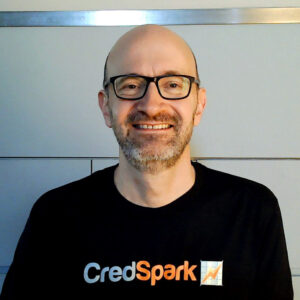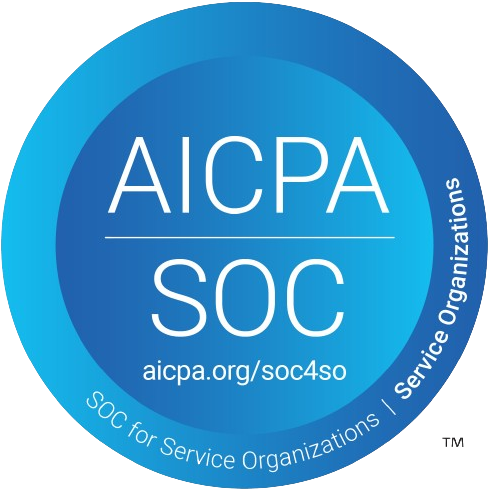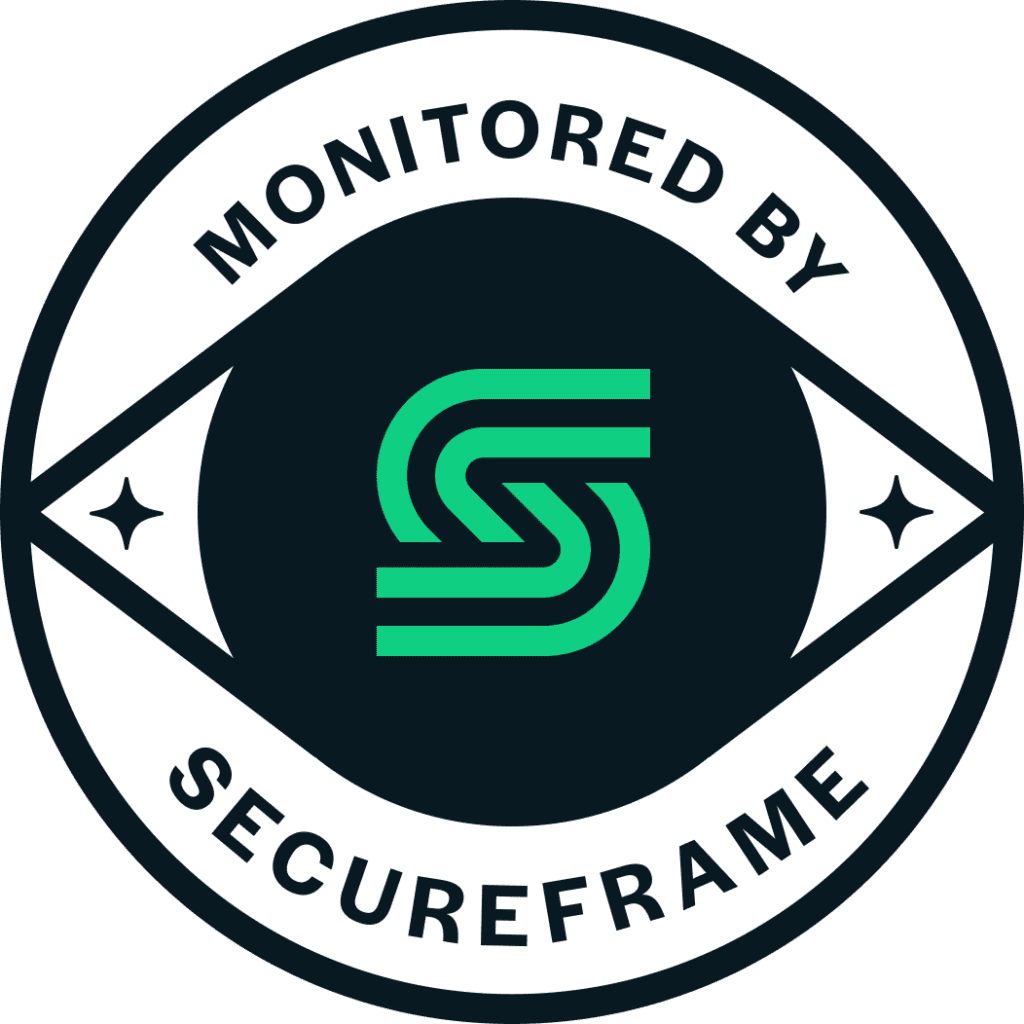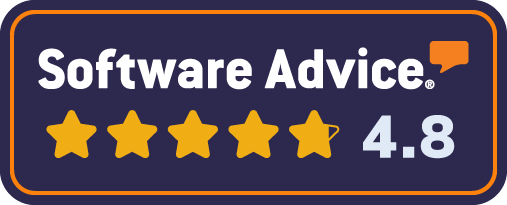Getting Promoted to C?O: Every Organization Needs a Chief Question Officer. Is it You?
Ah, the C-Suite. Most organizations above a certain size have one, whether literally a contiguous cluster of fancier offices, or figuratively the group of executives (CEO, CFO, CMO, etc.) sitting atop the corporate hierarchy. Although C-Suite members frequently tackle thorny challenges under intense pressure from investors, their perch is nevertheless one to which many go-getters aspire.
However, for every seat around the executive table, there’s usually one or more people who are the ‘power behind the throne.’ For every decision-maker, there are key decision-influencers. Given that the average tenure of senior executives is shrinking, a sustainable approach is to grow your informal influence, vs. your formal authority. Often, the key influencers in an organization are those most adept at gathering the insights which in turn set the context for executive decisions. The C-Suite may make the final choices, but influencers often define the options from which they choose.
If those with formal authority are in the C-Suite, where are those informally-powerful influencers located? Since the root of their influence can be traced to their ability to gather key insights, and since key insights naturally flow from asking good questions, I’d humbly offer that the most powerful influencers in an organization gather in a metaphorical place I call the Question Suite – or Q-Suite, for short. And if the head of the C-Suite is the CEO, it follows that the head of Q-Suite is the Chief Questions Officer, or C?O.
Insights = Influence
Just as the CEO leads on the execution of a business strategy, the C?O leads on insight-gathering. The C?O constantly works to refine and scale up the process of gathering data from customers, prospects, and the larger market. If you work for a publisher or an association, and you lead Audience, Marketing, Editorial, Product, Research, or Events, congrats, you’re in the Q-Suite. Any one of those roles could fill the shoes of the C?O. As technology evolves, your business strategies must evolve with it, which means your company needs a person responsible for finding out what different groups within the organization know about your audiences, what they ought to know, and what questions they need to ask.
Chances are that your data sets are scattered throughout your organization: you’ve likely got email marketing data in one place, conference registrations in another, and online purchases/enrollments in yet another. Your meetings no doubt discuss how to break down information silos; combining data sets is a tricky job. Still, that shouldn’t stop you from looking across the company to understand what information your organization needs to more finely tune its performance—don’t let discrepancies in data hold you back. You can, and should, get in the regular habit of asking questions of your audience, even if your means to synthesize and integrate those insights are still being developed or improved.
Let’s take a look at some traditional sources of insights to a business, and how each of those could be leveraged and exploited further to bring you an entirely new set of data, without having to wait for all the databases to get aligned. This holistic approach isn’t the function of any specific member of the C-Suite, rather it needs to cut across all functions. The role of Chief Question Officer should be the linchpin that organizes customer input and distributes that absolutely invaluable knowledge to the rest of the business. Your organization needs a C?O to step up; maybe that person should be you.
Start with a Question
Traditional insights from your audiences – which we define broadly as both current and potential customers, as well as others who work in your sector – come from disparate sources: Market research, competitive research; customer surveys or feedback forms; and behavior online. These usually come in through different parts of the company and aren’t often synthesized.
What could a C?O do to change this? She can start by ensuring every functional group in the organization has a direct line of communication to the customer and that they are using that channel to listen, not to talk. Here’s an example: rather than a marketing campaign which chooses a particular product to highlight, why not simply ask customers which product(s) they’re interested in, or more generally, their needs? Assuming your company provides products or services of value, go find the people who say they want those, rather than just broadcasting the existence of these offerings.
Here’s a great example in action: a company has several types of products, all of which cover the same general information, just in different modalities. Rather than set up a comparison chart with checkmarks, turn that same information set into a series of questions which will allow the user to make a decision. A feature set is only as meaningful as a customer understands the value of each feature to him or herself: ask them.
Another example, in the world of editorial: editorial teams are often afraid to ask questions for fear of looking like they don’t know their subject matter. But what they actually don’t know is what their audience doesn’t know. Rather than throw articles into an abyss, take a poll or give a quiz and discover where your audience has knowledge gaps or areas of particular interest and let that information inform your editorial strategy. How many farmers in your audience worried about GMOs? The best way to know is simply to ask them.
It's Time to Get Personal
Smart leadership is already asking questions of their audience. Wise leadership, however, knows that their audience isn’t monolithic, but rather a collection of individuals, each with their own ideas, interests, needs, and goals. Today, affordable personalization technology allows organizations to literally have individual conversations with audience members at scale. Why is this important?
Most organizations know the questions they want to ask of their audience. But dig down to the individual level and you can surface the questions that you ought to be asking. Personalization done properly can deliver incredibly valuable audience insights that can drive more informed decision-making in marketing, sales, product development, and more. And personalization done cleverly can actually deepen the relationships you have with your audience. It literally moves you from a transactional relationship with your audience to a deeper, more meaningful one—and that delivers real (and recurring) value for both your organization and your audience over the long term.
Finally, Don't Forget to Question Yourself
A key factor for any successful C?O is the ability to understand that an audience relationship is a two-way street. The data and insights that you gather from your audience are obviously valuable. However, don’t forget to question your organization’s own assumptions and ideas. Content and context are essential elements in creating a question experience; and if you’re not careful, your preconceived notions and biases can “tip the scale” and risk delivering weighted results that don’t reveal true insights. Don’t just question your audience, question everything.
So how can your organization benefit from a Chief Question Officer? That’s a perfect question to start with…






